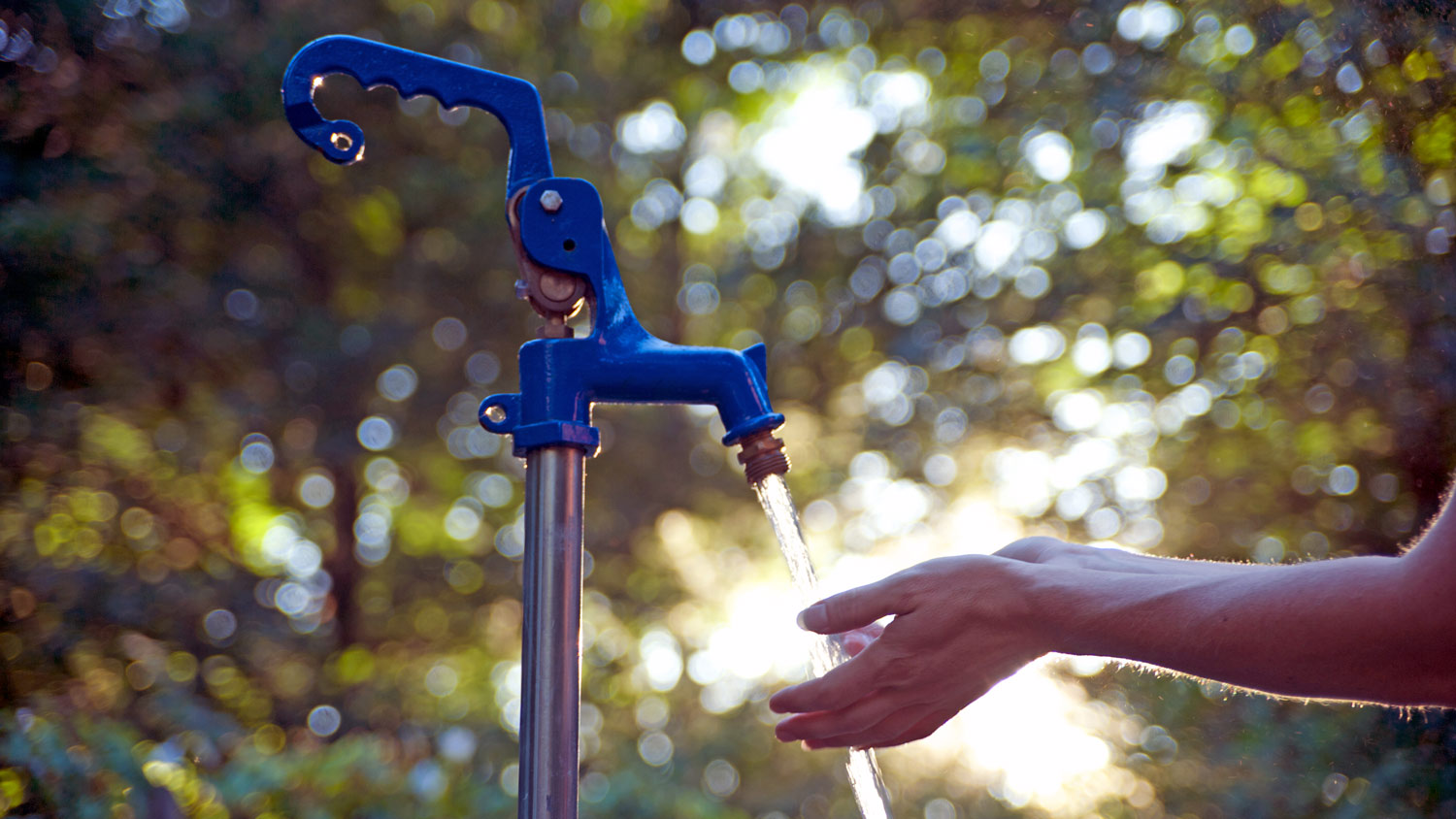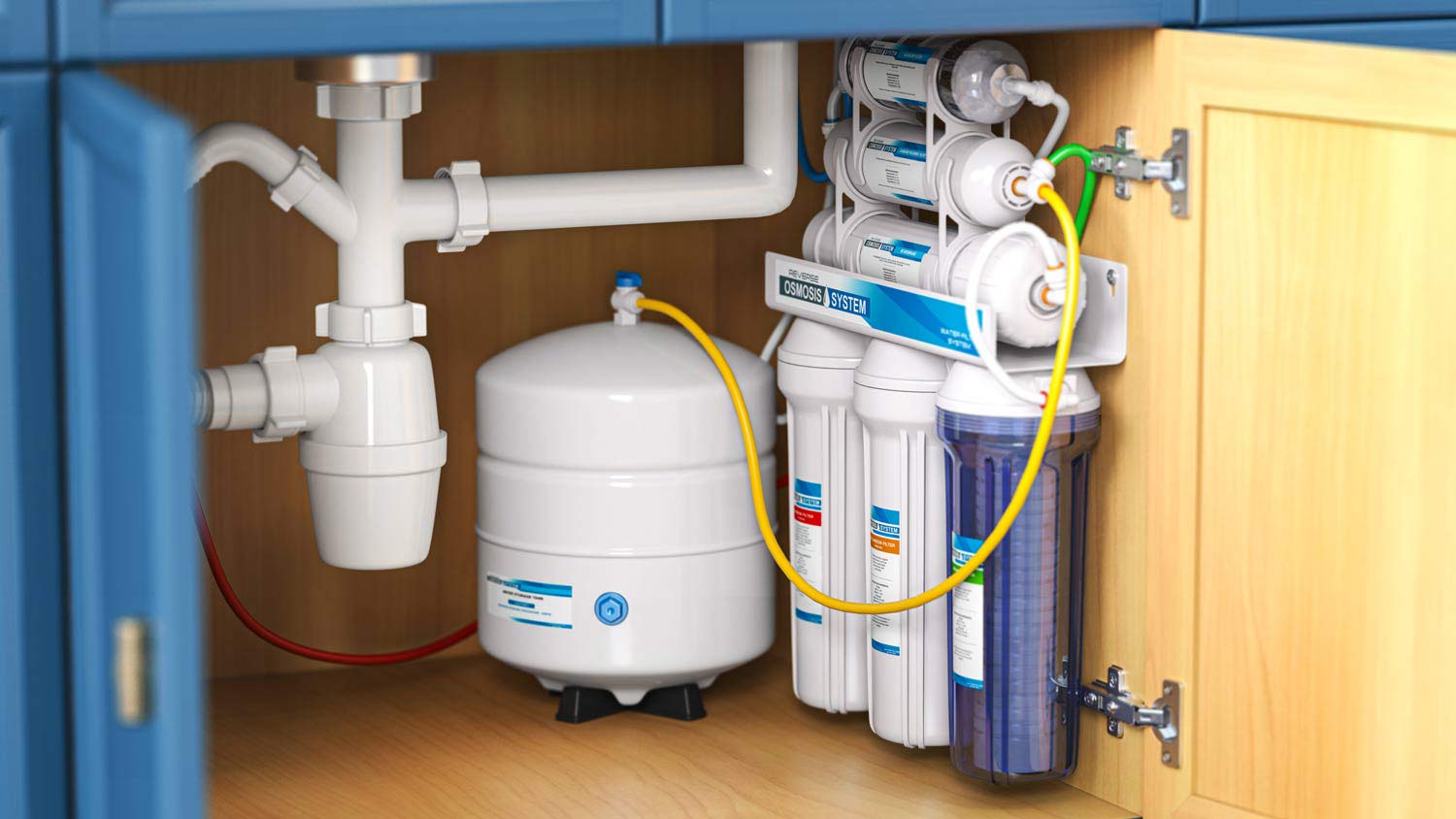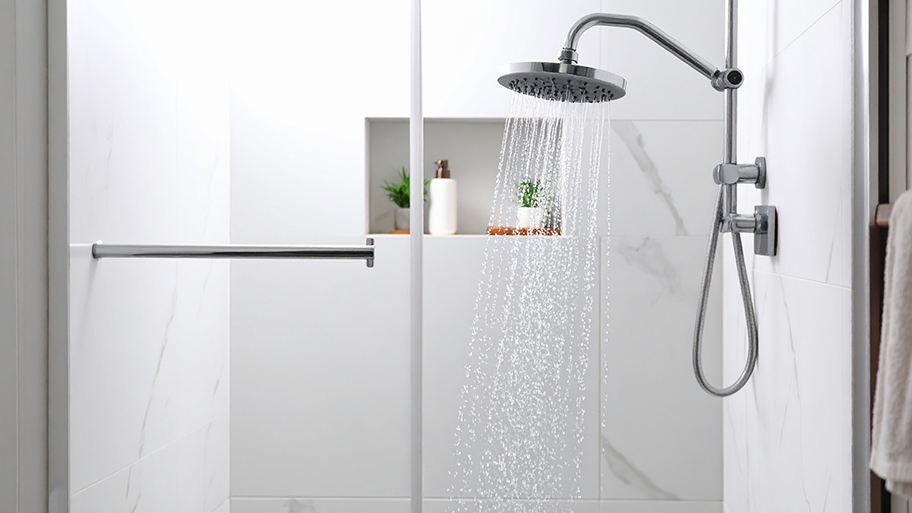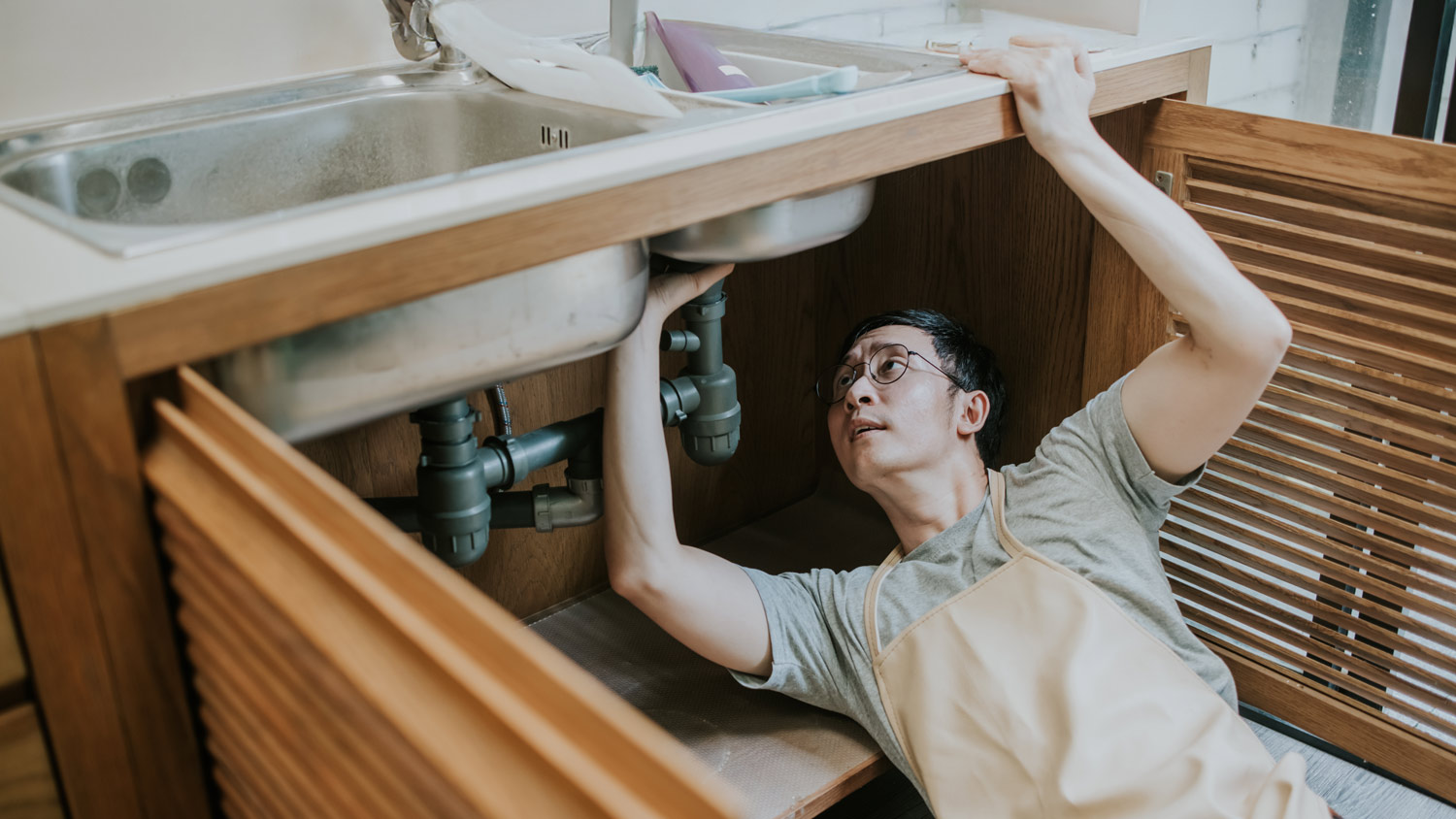
Discover how much well water treatment systems cost, including installation, maintenance, and tips to save. Get expert insights to plan your water system project.
It’s a move forward for your tap water


A reverse osmosis (RO) system removes dozens of impurities from tap water.
RO systems have anywhere from three to five or more filtration stages.
An RO system produces purer water that tastes better and costs less than bottled water.
RO systems must be installed by a pro, and they cost up to $4,800.
Tired of having to lug large water jugs or cartons of water bottles around your house? A home water filtration system is an easier way of getting a fresh, clean glass of water any time you need it without the extra exercise. There are many types of water filters on the market, but a reverse osmosis (RO) system is often touted as the most effective for home use. Read on to learn about how a reverse osmosis water filter works and whether it’s right for you.
In a simple three-stage reverse osmosis system, water passes through sediment and carbon filters in addition to the reverse osmosis membrane, after which it is kept in a storage tank so that it’s ready for you at the tap. More complex—and more expensive—RO systems have more stages of water filtration. Here’s how it works:
Water is first sent through a sediment pre-filter that removes dirt, rust, sand, and silt from the water.
A home filtration system and water softener can greatly improve the quality and safety of your water at a relatively low cost. Compared with purchasing bottled water for drinking and cooking, replacing expensive appliances, and time spent cleaning showers and bathrooms, water filtration and softening equipment can be very cost-effective.
Next, a carbon filter removes VOCs, chlorine, and other contaminants from the water. Some of the more complex systems might have two carbon filters at this stage, or they might have one as a pre- and post-filter, including one that “polishes” water right before it comes out of the tap.
The semipermeable membrane contains small pores that allow water to pass through while leaving behind up to 98% of total dissolved solids. If this were the process of osmosis, water would become more concentrated as it passes through the filter system in an effort to keep things even on both sides of the filters. However, because this is reverse osmosis, the water becomes less concentrated as the pollutants are pulled out.
A reverse osmosis filtration system can produce clean water at a rate of 2 to 3 ounces per minute. That would make for a very slow fill of your water glass, which is why the storage tank is an important part of any RO system. This is where the clean water is stored so that it’s ready and waiting for you when you turn on the faucet.
According to Angi customers, about 36% of homeowners notice strange tastes or odors in their drinking water. From chemical or rotten egg smells to metallic or salty flavors, these warning signs may point to plumbing corrosion, bacteria, or other water quality concerns. The safest step is to call a professional who can diagnose the issue and ensure your home’s water stays clean and safe.

Here are some of the key benefits of installing a reverse osmosis water filtration system in your home:
The reverse osmosis water filtration process pulls out dozens of pollutants and other impurities, including bacteria, lead, pesticides, nitrates, fluoride, sulfates, Arsenic V, and perfluorooctane sulfonic acid (PFOS), among many others.
Your tap water will taste better, thanks to the removal of all those contaminants that were causing it to smell and taste bad in the first place.
You need a pro to install a reverse osmosis system, but water filter maintenance is an easy DIY job. Just make sure you have the compatible replacement parts on hand so that you don’t have to interrupt the flow of your filtered water.
Although a whole-house reverse osmosis filtration system can cost as much as $4,800, it works out to be mere pennies per gallon of filtered water. Considering what you might have already been paying for monthly water delivery service or cases of water bottles from your local big-box store, a reverse osmosis system will pay itself off over time.
Using a home water filtration system and filling a reusable bottle can provide significant cost savings and environmental benefits over plastic bottled water.
Even if it didn’t hurt your wallet much to purchase all those bottles of water at your local big-box store, you still might have worried about recycling all those bottles instead of sending the plastic to the dump. With a reverse osmosis filter, you can rely on your tap water, instead.
A local water softener installer company can give you more specific information about how an RO water filtration system will work for your specific needs.
From average costs to expert advice, get all the answers you need to get your job done.

Discover how much well water treatment systems cost, including installation, maintenance, and tips to save. Get expert insights to plan your water system project.

Water softener repair costs can add up, but they’re almost always worthwhile. Use this guide to see what your project is going to cost before you get started.

Your cost to install an under-sink water filter will depend on the type and size of system you choose and whether you need professional installation.

Learn how to tell if you have hard or soft water, how to test your water yourself, and what to do if you have hard water.

If your water softener is constantly draining, you may have a stuck valve, old seals, or electrical issues. Explore more common problems and solutions here.

Clean drinking water is a must-have for every household. If you don’t have access to potable water, explore these five ways to make water safe for drinking.